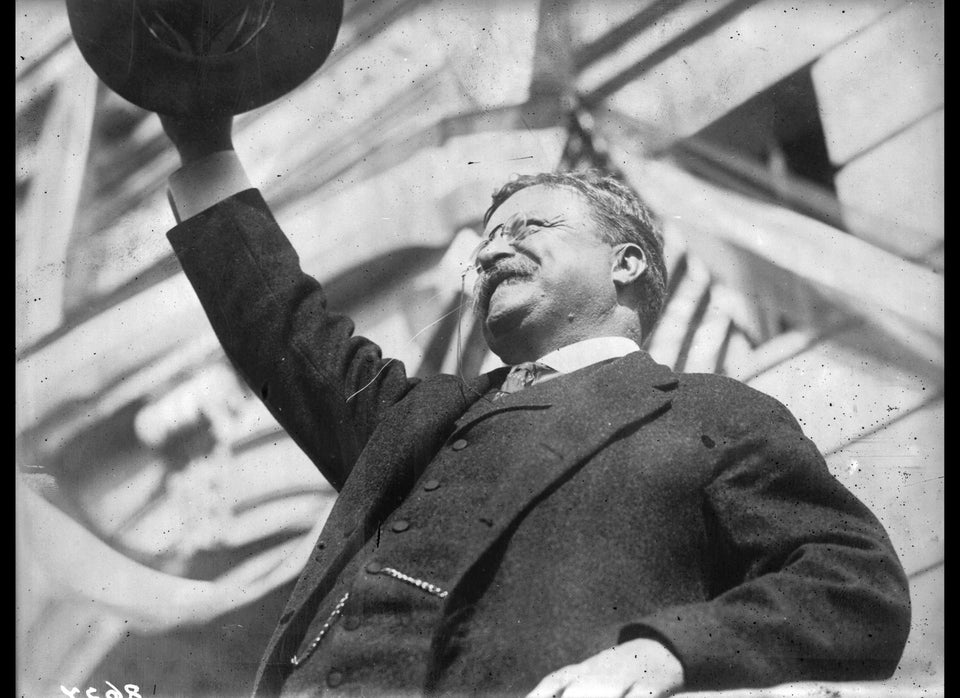Almost seven out of 10 people who bought health insurance on the federal Obamacare exchanges are paying $100 or less a month for coverage, according to a Department of Health and Human Services analysis issued Wednesday.
Tax credits available to people earning between the federal poverty level -- about $11,490 for a single person last year -- and four times that amount are the reason. Of the 5.4 million people in 36 states where the federal government manages the health insurance exchanges, 69 percent are paying monthly premiums of no more than $100 after tax credits, and 46 percent are paying $50 or less, HHS concludes. The analysis doesn't include exchanges run by 14 states and the District of Columbia.
High health insurance premiums in the pre-Obamacare market were a key reason why poorer people went without coverage. The Affordable Care Act targets low- and middle-income households with tax credits and additional subsidies. Of the more than 8 million people who enrolled via the exchanges nationwide, 87 percent received tax credits, HHS reported.
Tax credits reduced monthly costs for consumers using the federal exchanges by an average of 76 percent off the full premium, which amounts to an overall average price for subsidized plans of $82, compared with the average $346 sticker price, HHS reports.
That finding underscores that health insurance premiums, which may surpass $1,000 a month for families, are considerably higher than the average paid by subsidized enrollees. Those who earn more than 400 percent of poverty, which was $45,960 for a single person last year, must pay the full price, and those with incomes near that upper limit qualify for small tax credits.
The average premium for a basic insurance plan available during the enrollment period that began Oct. 1 and officially ended March 31 was $249 in 48 states that were surveyed, according to an HHS report published last September. Premiums rise with the generosity of the plan's benefits, vary greatly by geographic location, can be up to three times higher for older consumers, and increase with family size.
For households near the poverty line, even $100 a month can be a burden. In spite of the tax credits, the belief that health insurance on the exchanges is unaffordable was the main reason uninsured people didn't sign up for coverage, according to a survey conducted by the Henry J. Kaiser Family Foundation in April.
Awareness of the tax credits among uninsured and low-income people is poor, other surveys have found. Nationwide, 28 percent of the 28.6 million people eligible to shop on the exchanges actually signed up for a plan, according to federal and state data compiled by the Kaiser Family Foundation.
Premiums are likely to rise for most consumers next year, as they typically have for decades. Health insurance companies already are submitting widely varying proposals for next year's rates to state regulators. Some have requested hikes of 10 percent or more, while others aim to lower prices. Premiums for people who don't get health insurance from their jobs rose an average of 10 percent a year prior to the Affordable Care Act, according to an analysis published by the Commonwealth Fund this month.
People who receive tax credits largely should be shielded from premium increases, however. The Affordable Care Act caps their monthly costs based on income, and uses tax credits to fill the gap between that cutoff and the price of the health insurance plan.

